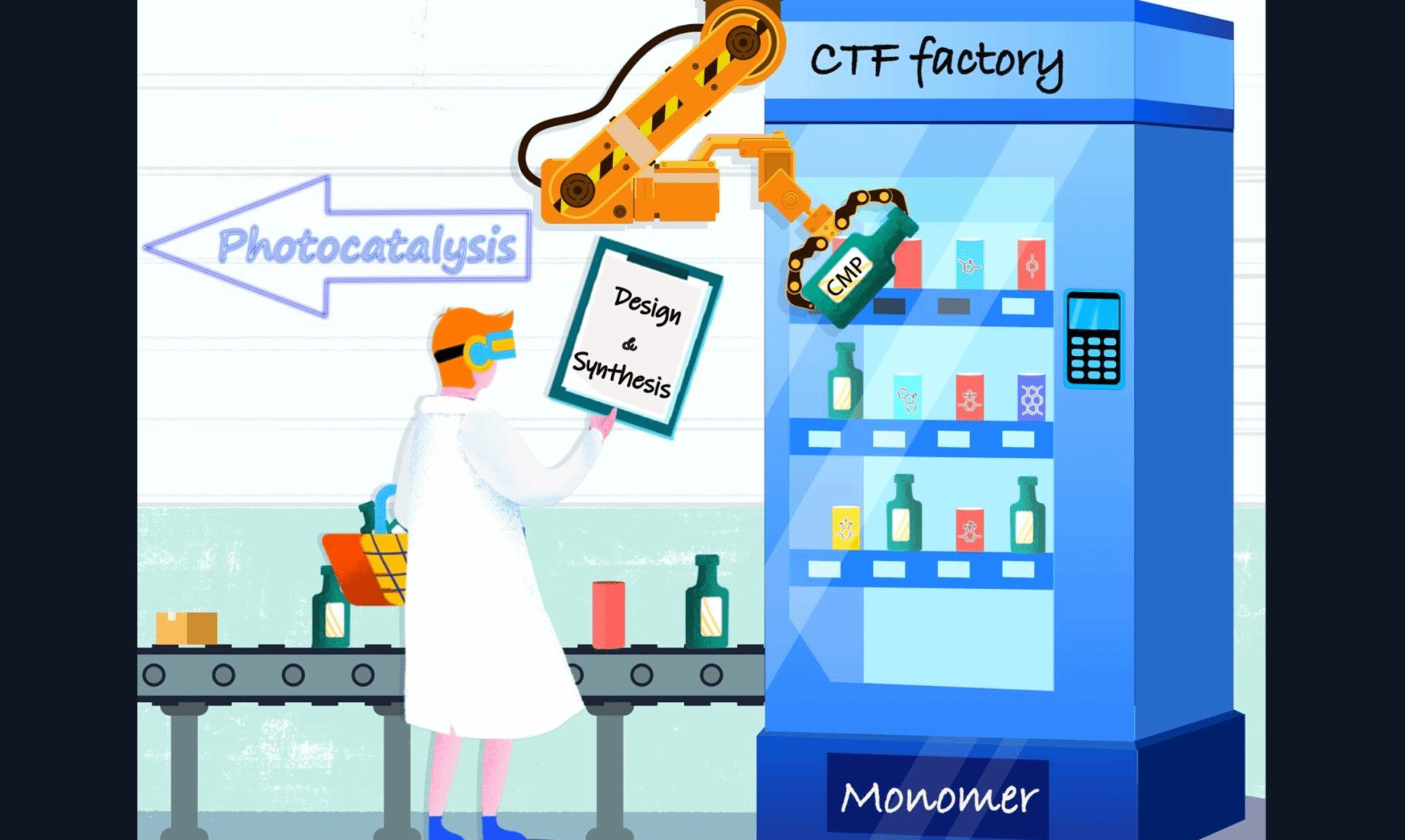Recent Advances of Conjugated Microporous Polymers in Visible Light–Promoted Chemical Transformations

In the past decades, enormous efforts have been put into visible light–promoted photocatalytic chemical transformations. Among the intensely studied photocatalytic systems, metal‐free, pure organic and heterogeneous photocatalysts based on conjugated microporous polymers (CMPs), a class of organic porous materials featuring π‐conjugated backbone and permanent microporosity, draw much attention. The CMP‐based photocatalysts are highly attractive because of their pure organic nature, ease of synthesis, structural diversity, and nontoxicity, as well as low costs. Over the past years, various CMPs have been synthesized for a broad range of photocatalytic applications. Herein, the aim is to deliver an updated summary of this field with the focus on crucial factors, which largely affect the catalytic performance of CMPs. To name a few, band structure, charge separation and transfer, and morphology are described combined with specific energy‐ and organosynthesis‐related applications such as water splitting, CO2 reduction, organic photoredox reactions, etc.
